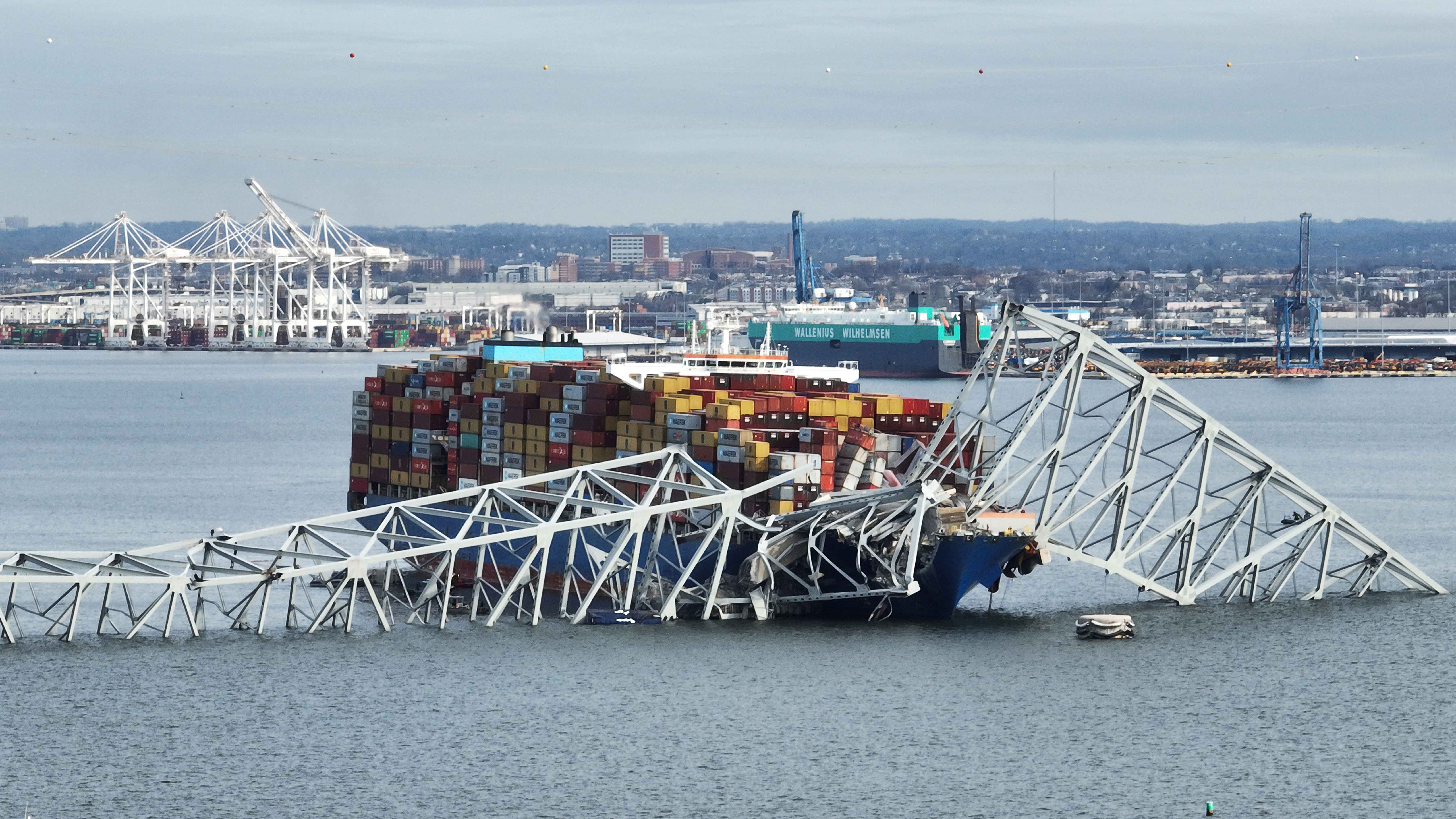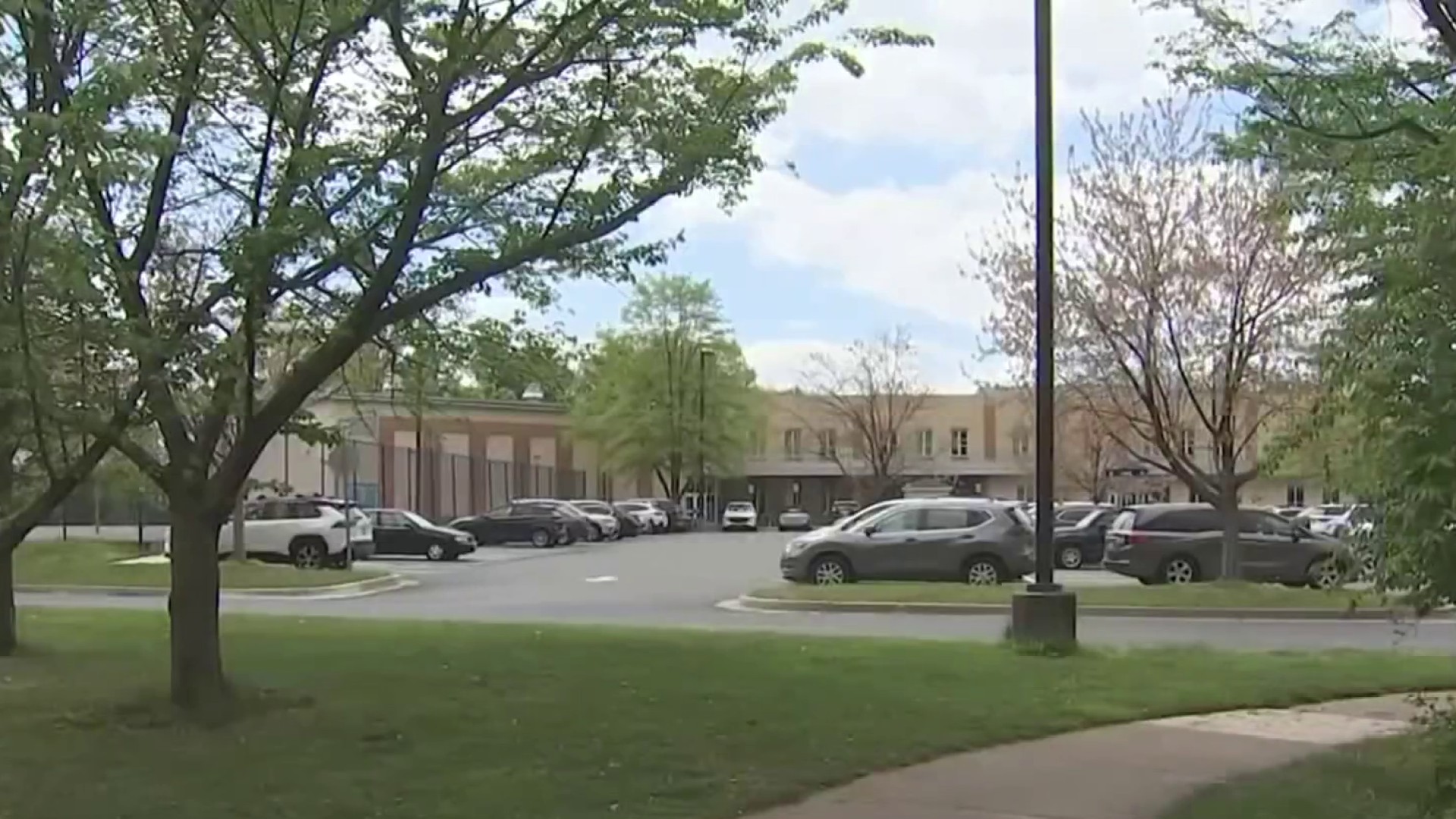WASHINGTON -- Your child is less likely to graduate from high school than you were, and most states are doing little to hold schools accountable, according to a study by a children's advocacy group.
More than half the states have graduation targets that don't make schools get better, the Education Trust said in a report released Thursday.
And dropout rates haven't budged: One in four kids is still dropping out of high school.
"The U.S. is stagnating while other industrialized countries are surpassing us," said Anna Habash, author of the report by Education Trust , which advocates on behalf of minority and poor children. "And that is going to have a dramatic impact on our ability to compete," she said.
In fact, the United States is now the only industrialized country where young people are less likely than their parents to earn a diploma, the report said.
High schools are required to meet graduation targets every year as part of the 2002 federal No Child Left Behind law.
But those targets are set by states, not by the federal government. And most states allow schools to graduate low percentages of students by saying that any progress, or even the status quo in some cases, is acceptable.
Local
Washington, D.C., Maryland and Virginia local news, events and information
In North Carolina, schools must improve by 0.1 percentage point each year. At that rate, it would take almost a century to raise the graduation rate, now 72 percent, to the state goal of 80 percent.
In Maryland, schools must improve their graduation rate by 0.01 percentage point each year. At that rate, it would take most of a millennium for the graduation rate among African-American students, now 71 percent, to reach the state goal of 90 percent.
In Delaware and New Mexico, schools will never have to meet a state graduation goal as long as they maintain the same graduation rate. Delaware's graduation rate is 76 percent; New Mexico's is 67 percent.
Why are states setting the bar so low?
Because they can, said Bob Balfanz, a researcher at Johns Hopkins University.
State and school officials are under pressure to improve test scores under the No Child Left Behind education law or face penalties. But they got a break on graduation rates: Schools must meet annual goals, but the government lets each state set its own goal.
"A lot of states said, 'Well, we're under a lot of pressure; let's not make this too hard on ourselves,'" Balfanz said. "They were given a loophole, and they took it."
So in North Carolina -- which has won praise for a series of innovations to keep kids in school -- the graduation goal has not changed. Officials are coming up with a new goal but are hoping No Child Left Behind will be rewritten to be less punitive.
"To be candid, we're waiting for NCLB to change," said June Atkinson, North Carolina's state schools superintendent. "Those numbers do not tell the story. Our mission is that 100 percent of our students will graduate from high school. Needless to say, we have a lot of work to do."
In Maryland, officials said their slower goal is more realistic.
"If you really want to bring about change, you have to have reachable goals that people believe they can work toward," said Ronald A. Peiffer, Maryland's deputy superintendent for academic policy.
"By not making these numbers pie-in-the-sky, I think we have a better chance," Peiffer said.
Graduation rates take longer to improve than test scores, because a child's educational experience must be transformed over a period of years, Peiffer said.
The U.S. was slow to realize it was facing a dropout crisis. For years, researchers reported dropouts as the number of kids who quit school in 12th grade, failing to capture those who left high school earlier. States and schools clouded the picture by using a variety of different methods to keep track of students who graduated, transferred or dropped out.
The dropout problem is driven by "dropout factories," schools in poor communities where kids face challenges inside and outside the classroom, Balfanz said. The government could make a big dent in the dropout problem by plowing more money -- and firm guidance on how to spend it -- into those schools, he said.
More resources are desperately needed, said Mel Riddle, who retired in July as principle of T.C. Williams High School in Alexandria, Va.
"The world's changed; we have to change to meet those demands," said Riddle, now an official of the National Association of Secondary School Principals. "To think we can do it in the same way, with the same resources, is not realistic."



